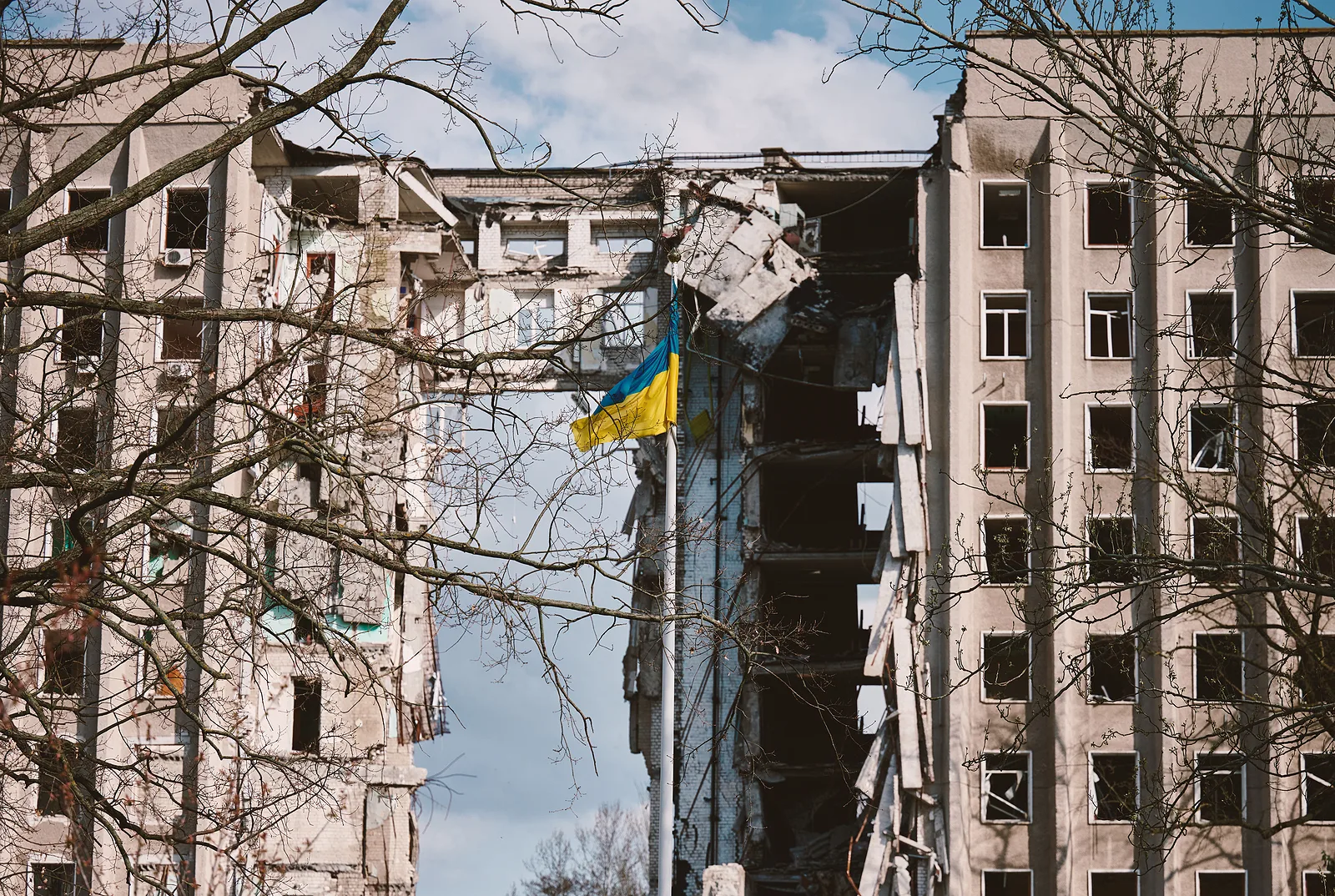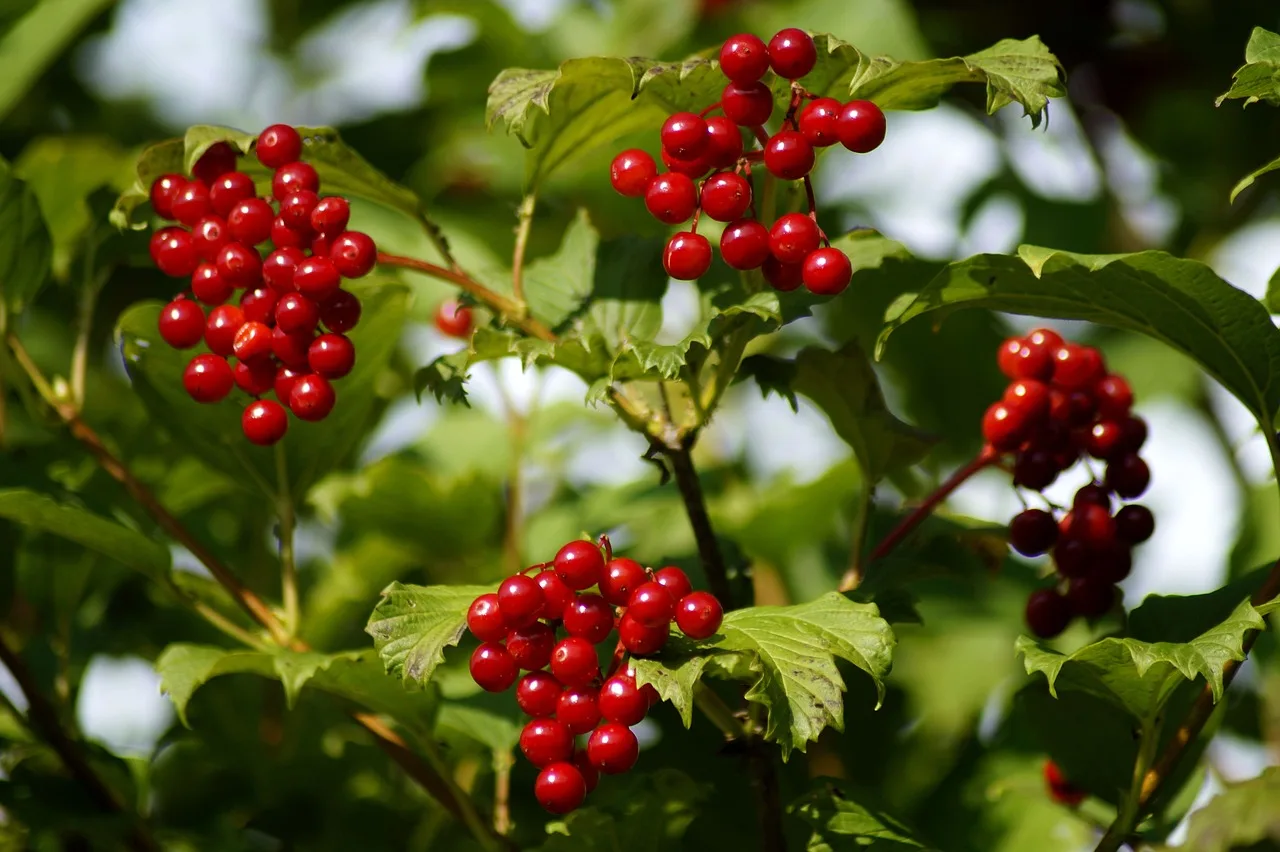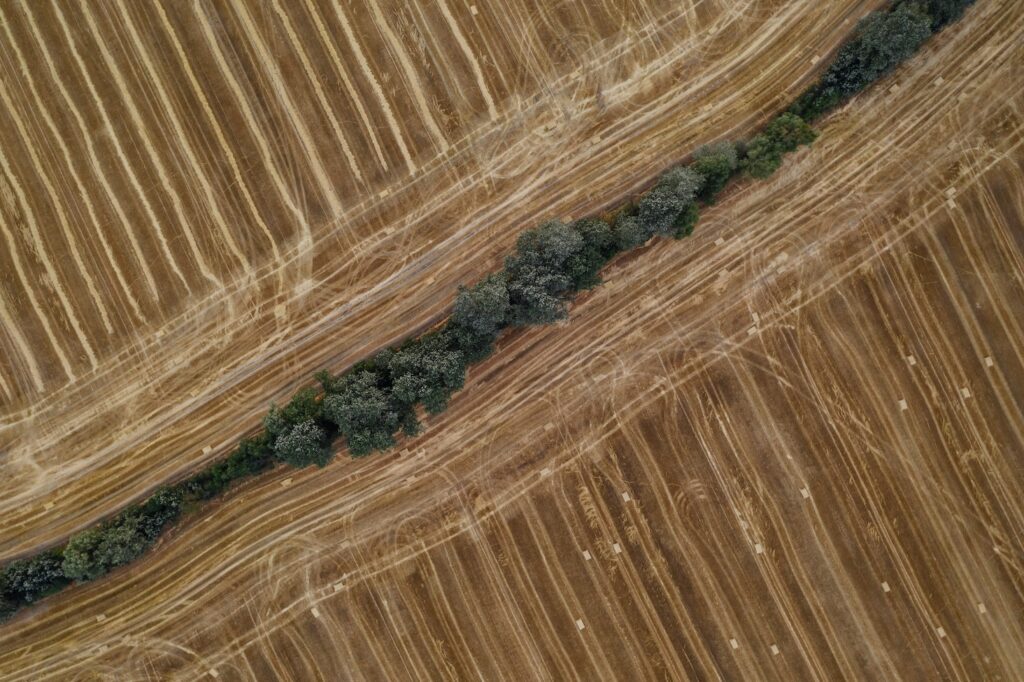Central and Eastern Europe (CEE) has long been an agricultural powerhouse. Before Russia’s invasion of 2022, Ukraine, the largest producer of agriculture in the region, accounted for more than 10 per cent of the country’s GDP. Not for nothing was it known as the world’s breadbasket.
Pre-war, Ukraine was the world’s largest exporter of sunflower oil (accounting for 50 per cent of world exports), the third largest exporter of barley (18 per cent), the fourth largest of maize (16 per cent) and the fifth largest of wheat (12 per cent).
In 2021, Ukraine exported cereals worth around 11.5 billion US dollars. According to NASA Harvest analysis of satellite imagery, an estimated 5.2-6.9 million acres of Ukrainian farmland (6.5-8.5 per cent of the country’s total) have been abandoned since Russia’s invasion.
Adapting to the realities of Russia’s war is not the only profound change facing the agricultural sector in CEE. As the world grapples with the challenges of climate change, food security, and sustainable development, CEE nations are at the forefront of integrating modern technology and sustainable practices into their agricultural frameworks.
However, amid the evolving landscape of agriculture in the region and the impact of these changes on rural development, ongoing protests by large numbers of its farmers—primarily against Ukrainian agricultural imports—have brought the sector into ever sharper focus.
‘No other choice’
Except for Moldova, where agriculture accounts for around 12 per cent of GDP, and employs almost a quarter of the country’s workforce, Ukraine’s neighbours have relatively small agricultural sectors (4.3 per cent of GDP in Romania, 3.2 per cent in Hungary, 2.8 per cent in Slovakia, and 2.2 per cent in Poland).
Nevertheless, farmers in these countries—particularly Poland, where the sector employs almost 1.5 million people—have for months been protesting what they view as unfair competition from cheaper Ukrainian imports as well as the EU’s broader agricultural policies.
This week, Polish farmers announced a total blockade of all border crossings with Ukraine on February 20, escalating their latest protest which began in response to a European Commission proposal on February 9 that all Ukrainian imports into the EU would remain free of duties until at least June 2025. Czech, Hungarian, Latvian, Lithuanian, and Slovakian farmers are set to join the protest.
“The passivity of the Polish authorities, compliance with all decisions of the European Commission regarding the import of agricultural and food products from Ukraine leave us no other choice,” said the Polish Farmers’ Union in a statement, adding, “Not only will we block border crossings, but also communication hubs and access roads to transshipment railway stations and seaports.”
Duties were first lifted immediately after Russia’s invasion of Ukraine in February 2022 to help the country’s economy, dependent as it is on agricultural exports. Similar duty free facilities were also granted to Moldova.
Before Russia’s invasion, almost all of Ukraine’s agriculture exports (around six million tonnes per month) were exported via the Black Sea to customers outside the EU. A Russian blockade of the country’s ports initially brought exports to a halt, leading the EU to hurriedly open so-called ‘Solidarity Lanes’ through the bloc before a special UN-brokered agreement allowed for the export of some grain by sea to recommence. Russia pulled out of the agreement in July 2023, however.
Although Ukraine has since managed to increase Black Sea grain exports to a level not seen since before Russia’s invasion (Moscow is reluctant to attack shipping heading for countries not directly involved in supporting the Kyiv war effort), the Red Sea shipping crisis now poses a new challenge to trade, once again making land routes—through Poland in particular—crucial.
Modernise to survive
Ukraine is just one challenge facing CEE’s farmers. The sector needs to modernise in order to remain competitive in the global market and to address environmental concerns. Nevertheless, protesting farmers from across Europe attacked the European Parliament at the end of January, making it clear that they will not tolerate proposed EU rules designed to slash net greenhouse gas emissions 90 per cent by 2040. These include a reduction in the use of fertlisers and pesticides—key parts of the EU’s ‘farm to fork’ strategy, its broad sustainable food initiative.
According to the Intergovernmental Panel on Climate Change (IPCC) agriculture, forestry and the change of land-use, account for as much as 25 per cent of human induced greenhouse gas emissions. Agriculture is one of the main sources of emitted methane and nitrous oxide.
Under pressure from farmers, last November, MEPs voted against the EU’s proposed pesticide regulation which aimed to halve the use and risk of chemical pesticides by the end of this decade.
The EU claimed that these rules would have “translated our commitment to halt biodiversity loss in Europe into action”, highlighting the health risks and water quality issues associated with pesticide use.
It is unlikely, however, that the region’s farmers will be able to delay change to their industry forever. Precision farming, which uses information technology and a range of items such as GPS guidance, control systems, sensors, robotics, drones, autonomous vehicles, variable rate technology, automated hardware, and telematics, will have to be adopted to allow for the more efficient use of resources, higher crop yields, and reduced environmental impact.
Many of these solutions are being developed in the emerging Europe region. Leafood is a Lithuanian start-up developing technology to grow sustainable, high-quality leafy greens using a fraction of the land and water required by traditional farming.
Last year, eAgronom, an Estonian start-up, raised five million euros in funding for its carbon credit programme that it views as a key initiative striking a balance between sustainability and financial viability for farmers. In Poland meanwhile, AgriBot is developing a robot for the automation of various farming operations in orchards and plantations.
Who pays?
These innovations, however, will require investment—and farmers are likely to demand that the EU, or national governments, contribute, citing the benefits of modernisation and the greening of agriculture for rural development.
The adoption of new technologies and practices will also require an increasingly skilled workforce, necessitating further investment in education and training for rural communities.
This, in turn, can lead to job creation and economic diversification, reducing the rural-urban divide. Moreover, improved agricultural productivity and sustainability can enhance food security, ensuring that the region can feed its population and withstand global food market volatility.
The ongoing protests by farmers in Central and Eastern Europe against Ukrainian agricultural imports highlight, however, the tensions that can arise in the face of change.
Ukraine, where the costs of production are lower than in the EU has—perhaps unwillingly—become a significant player in the European market. (Prior to the Russian invasion more than 90 per cent of its wheat went to countries in Africa and Asia).
But while the methods chosen by Polish farmers to demonstrate (earlier this week lorry loads of Ukrainian grain were dumped on Polish highways, triggering an angry response from Ukraine’s prime minister), their concerns over the influx of Ukrainian produce are, at least in part, understandable, concedes one official in Brussels. “Not least because some of the Ukrainian grain intended solely for transit and re-export has a tendency to end up on local markets. But that’s a problem for local law enforcement to deal with.”
Time for profound change
What the protests ultimately reveal however are broader anxieties about the future of farming in the region. Farmers are grappling with the need to invest in new technologies and practices while facing uncertain returns and new competition that they perceive as unfair. The situation is further complicated by the geopolitical landscape and trade policies that can either hinder or facilitate the flow of agricultural goods.
For governments sensitive about angering a community whose ability to protest often outweighs its economic importance, and of offering gifts to populists (not least in a year of elections to the European Parliament, as well as local elections in Poland, parliamentary elections in Romania and a presidential vote in Slovakia) there is a need for a balanced approach that supports farmers through the transition while safeguarding the interests of all stakeholders.
This could include policy measures such as subsidies for technology adoption, support for sustainable practices, and fair trade agreements that consider the competitive landscape.
Additionally, there is a clear role for greater regional cooperation to ensure that the modernisation of agriculture benefits the entire CEE region and that no country is left behind.
Speaking after the farmers’ protest in Brussels in January, French President Emmanuel Macron said that Europe’s farming sector is facing a major crisis and must “profoundly” change its rules.
How open to change the continent’s governments will be is a moot point. The concerns of farmers, as evidenced by the protests against Ukrainian imports, must be addressed through thoughtful policies. Farmers will need to accept change, but so—it is increasingly clear—will governments.
Photo by Marcin Jozwiak on Unsplash.







